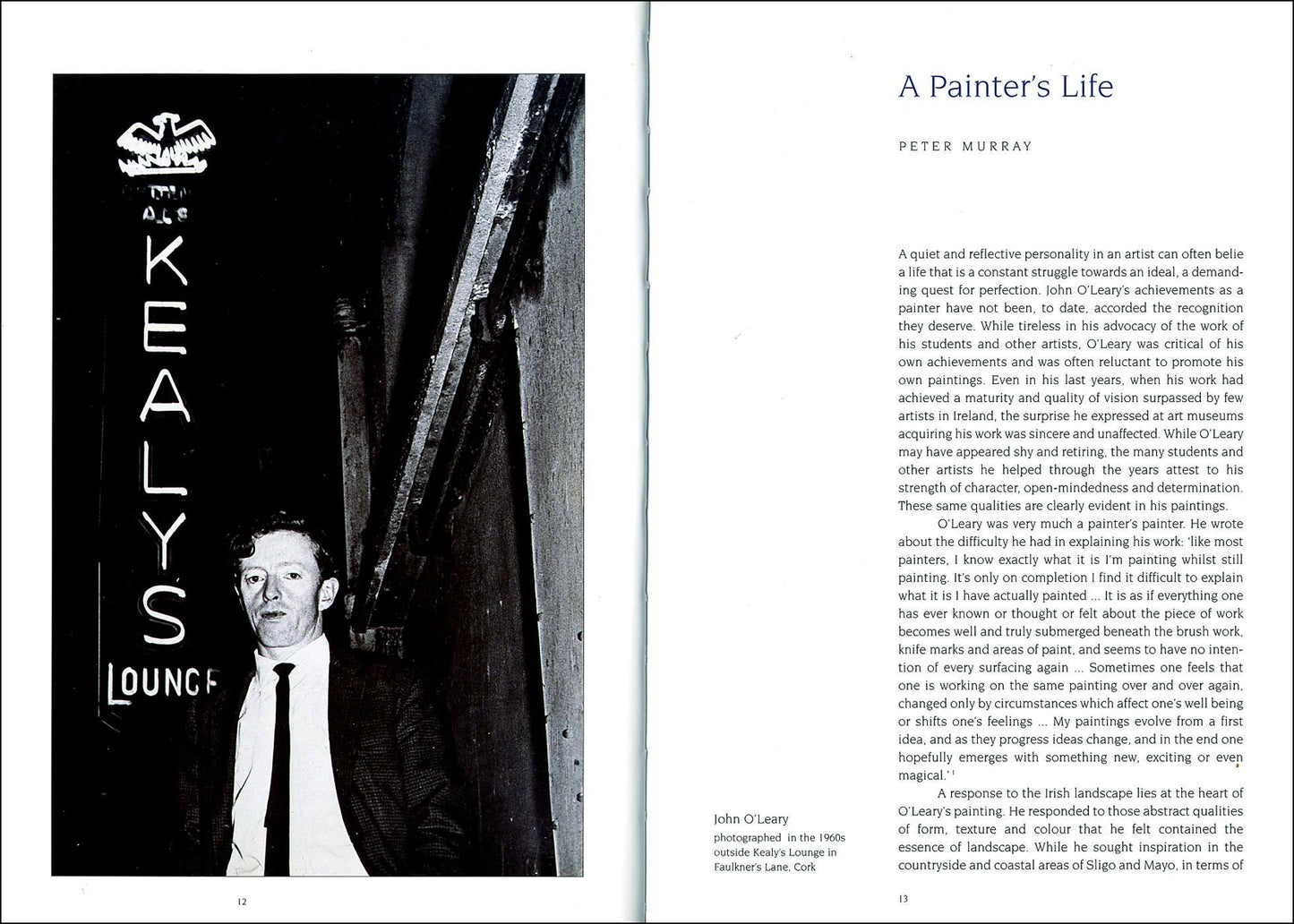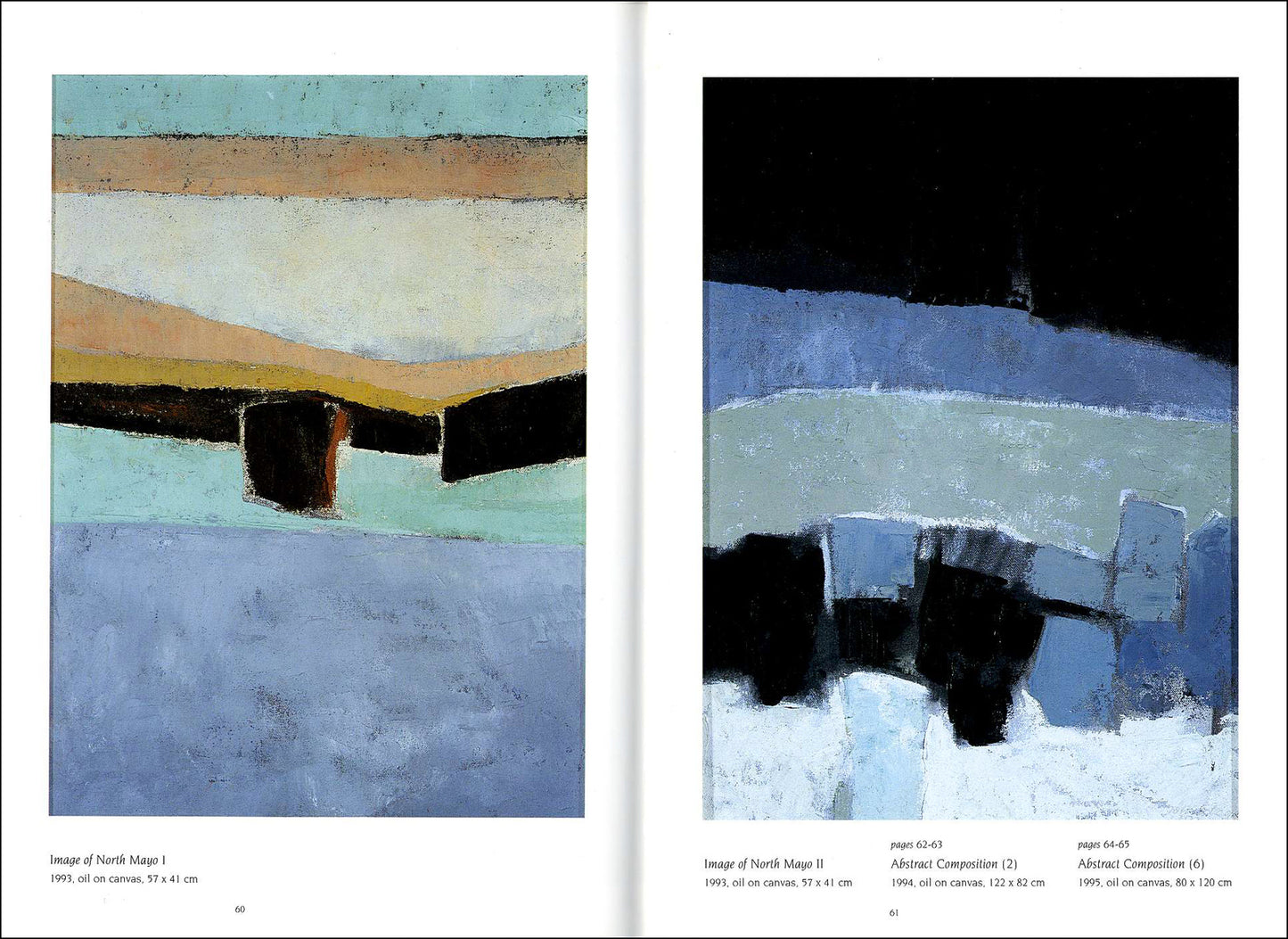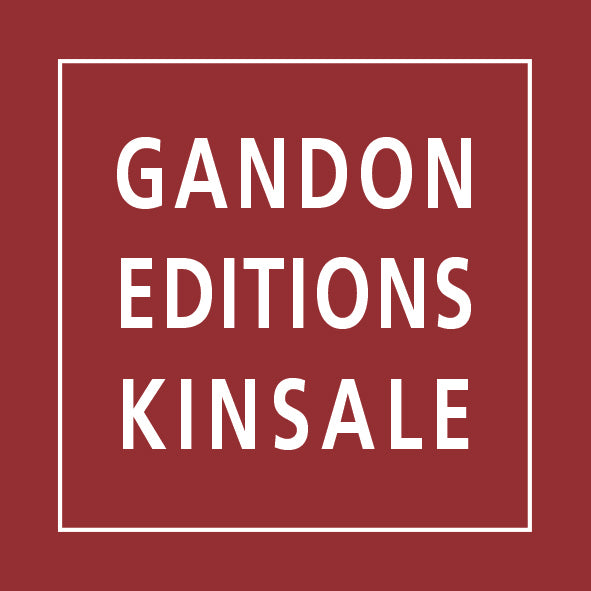Crawford Art Gallery
JOHN O’LEARY (1929-1999) — A Retrospective
JOHN O’LEARY (1929-1999) — A Retrospective
Couldn't load pickup availability
Share
essay by Peter Murray; interview by Vera Ryan
intros by Caitríona O’Leary, Julian Campbell
ISBN 978 0946846 849 80 pages (paperback) 24x17cm 54 illus
John O’Leary was a much-overlooked artist whose work was given due accord in a major retrospective exhibition in 2002 at the Crawford Art Gallery in Cork. This book was published to coincide with that exhibition and as a celebration of his life and work. He was, without doubt, one of Ireland’s most accomplised artists of the period.
EXTRACTS
"When John O’Leary arrived in Paris in 1957 and entered the ateliers of Lhote and the Académie Julian, he would have been fully aware of the legacy of the city as one of the great art capitals of the world. But he cannot have known quite the extent of the numbers of Irish students who had travelled to Paris before him, and the long Irish connection with Lhote and Julian. When he went on to paint in Concarneau too, he may not have been aware of the numerous Irish artists who had painted in Brittany over the previous century. Since the pioneering figures of Evie Hone, Mainie Jellett and May Guinness had studied with André Lhote in the early 1920s, many Irish artists, mainly women, had followed in their footsteps – most notably Norah McGuinness at the end of that decade; Harriet Kirkwood, Dairine Vanston and Elizabeth Rivers in the 1930s; Fr Jack Hanlon; and then in the 1950s, Barbara Warren, Brigid Ganly, Margaret Irwin, and perhaps Kitty Wilmer O’Brien and Anne King-Harman. Then O’Leary arrived, aged 28, in 1957. From Lhote, students gained an ability to analyse their subject, to simplify forms, sometimes using Cubist principles of planes, arcs and angles, to convey the essence of the model. Several of O’Leary’s life drawings and gouaches remain from the Paris studio. His earlier drawings, made in Ireland, had shown precision and skill. But his studies at Lhote’s show him experimenting, becoming more relaxed. The figures are simplified and slightly stylised. The head of the model is rendered small, the face blank, while the limbs are elongated. O’Leary is good at conveying a slight twist in the body. Circles, geometric shapes and triangular shadows show the obvious influence of Lhote’s cubism."
— from the introduction by Julian Campbell
"A quiet and reflective personality in an artist can often belie a life that is a constant struggle towards an ideal, a demanding quest for perfection. John O’Leary’s achievements as a painter have not been, to date, accorded the recognition they deserve. While tireless in his advocacy of the work of his students and other artists, O’Leary was critical of his own achievements and was often reluctant to promote his own paintings. Even in his last years, when his work had achieved a maturity and quality of vision surpassed by few artists in Ireland, the surprise he expressed at art museums acquiring his work was sincere and unaffected.
While O’Leary may have appeared shy and retiring, the many students and other artists he helped through the years attest to his strength of character, open-mindedness and determination. These same qualities are clearly evident in his paintings. O’Leary was very much a painter’s painter. He wrote about the difficulty he had in explaining his work: ‘like most painters, I know exactly what it is I’m painting whilst still painting. It’s only on completion I find it difficult to explain what it is I have actually painted ... It is as if everything one has ever known or thought or felt about the piece of work becomes well and truly submerged beneath the brush work, knife marks and areas of paint, and seems to have no intention of every surfacing again ... Sometimes one feels that one is working on the same painting over and over again, changed only by circumstances which affect one’s well being or shifts one’s feelings ... My paintings evolve from a first idea, and as they progress ideas change, and in the end one hopefully emerges with something new, exciting or even magical.’
A response to the Irish landscape lies at the heart of O’Leary’s painting. He responded to those abstract qualities of form, texture and colour that he felt contained the essence of landscape. While he sought inspiration in the countryside and coastal areas of Sligo and Mayo, in terms of style he was influenced by post-war abstraction in Paris, in particular by the work of the Russian painter Serge Poliakoff. ‘One is presented with a great bonus, when occasionally, on completing a piece of work, one surprises oneself with what one has achieved – would that it could happen more often.' "
— from the essay by Peter Murray
|
CONTENTS Driving and Walking by Caitríona O’Leary 7 |














